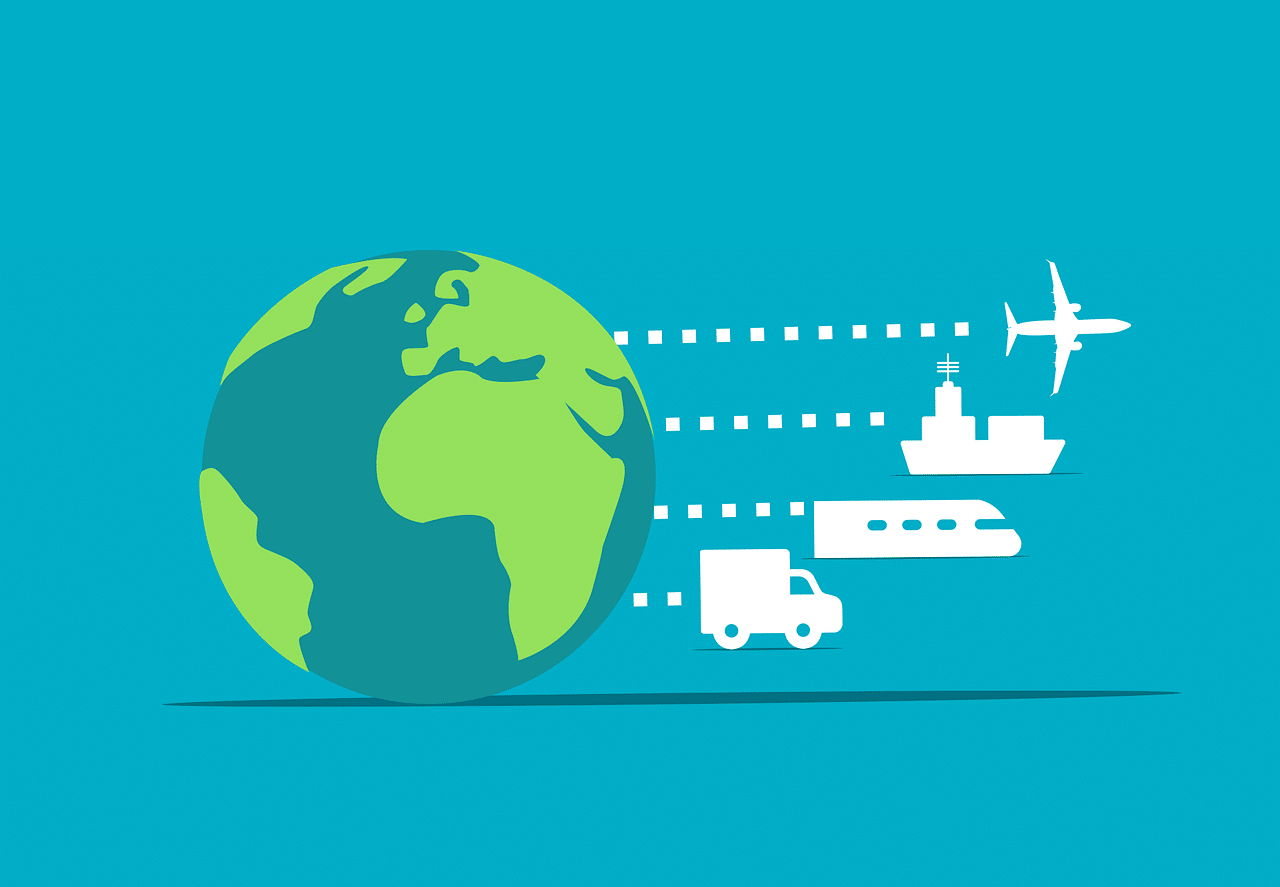
The record of imports and exports of commercial goods carried out by a nation is called the trade balance.
The trade balance is the record of a country's exports and imports of commercial goods .
Also known as the balance of trade , its balance is the result of the difference between the value accumulated by exports (the goods that the nation sells abroad) and the value accumulated by imports (the goods that this same nation acquires in other countries). countries).
Trade balance concept
Before moving forward with the meaning, it is important to analyze the etymological origin of the concept. In this case, we can say that it is made up of two words that derive from Latin:
- Balance comes from the Latin word bilanx , which can be translated as "two-plate balance" . It is the result of the addition of the prefix bi- , which means "two" , and the noun lanx , which is synonymous with "plate" .
- Commercial , on the other hand, comes from commercialis , which is equivalent to "relating to buying and selling." It is formed from the sum of three clearly delimited components: the prefix con- , which means "completely" ; the noun merx , which can be translated as "merchandise" ; and the suffix -al , which is equivalent to "relative to" .
The first meaning that the dictionary of the Royal Spanish Academy ( RAE ) mentions of the term balance refers to a device that is used to know the weight of something. The concept, however, is also used in the field of economics to name the result of a comparison established between different variables .

The trade balance can show a surplus, deficit or be in balance.
Surplus, deficit and balance
When there is a positive balance because the value of the money that entered the country through exports exceeds the value of the money that came out through exports, the trade balance is said to show a surplus . Suppose that a country In this case, the trade balance has a surplus of $1,000,000 .
On the other hand, when the amount obtained from exports is less than the amount disbursed by imports, the trade balance is in deficit (the balance is negative). If country
There is also the possibility that the trade balance is in balance , a state that is reached when, in a certain period, the country exported and imported goods for the same amount of money.
Factors that influence the trade balance
There are numerous factors that can influence the levels of imports and exports of a country. We are referring, for example, to the income or income of consumers, to the cost of transporting goods, to the prices in the country in question and to the tastes of customers with respect to the products of their nation or from abroad, for example.
Of course, other aspects must also be taken into account such as the government's policy on international trade, the changes experienced by the market in question and currency exchange rates. All of these variables will determine whether a country is in balance, has a surplus or has a deficit.
